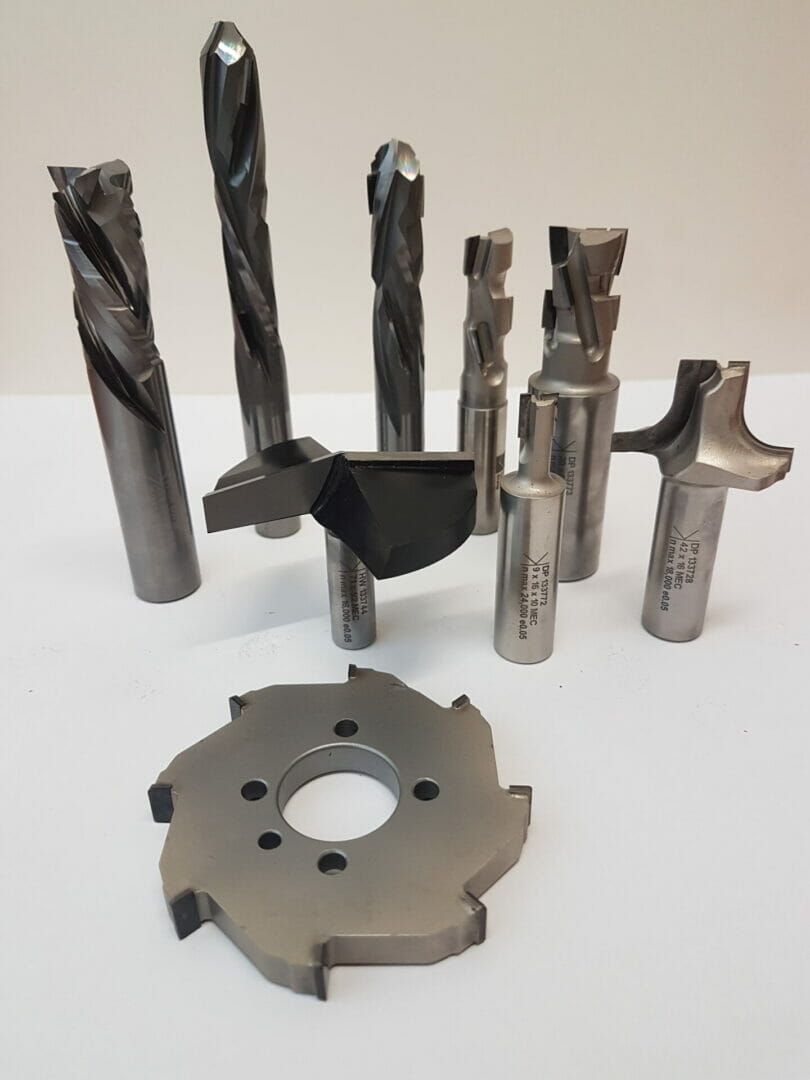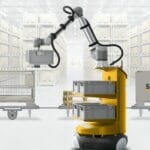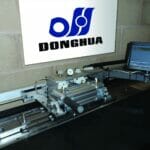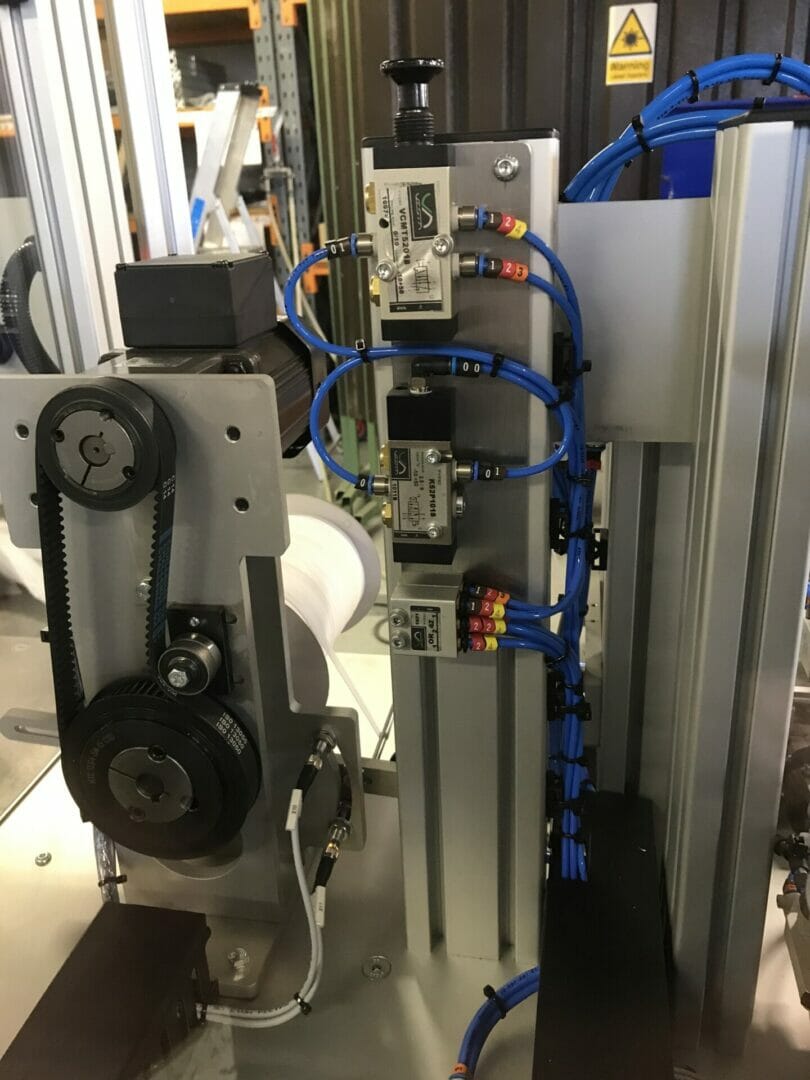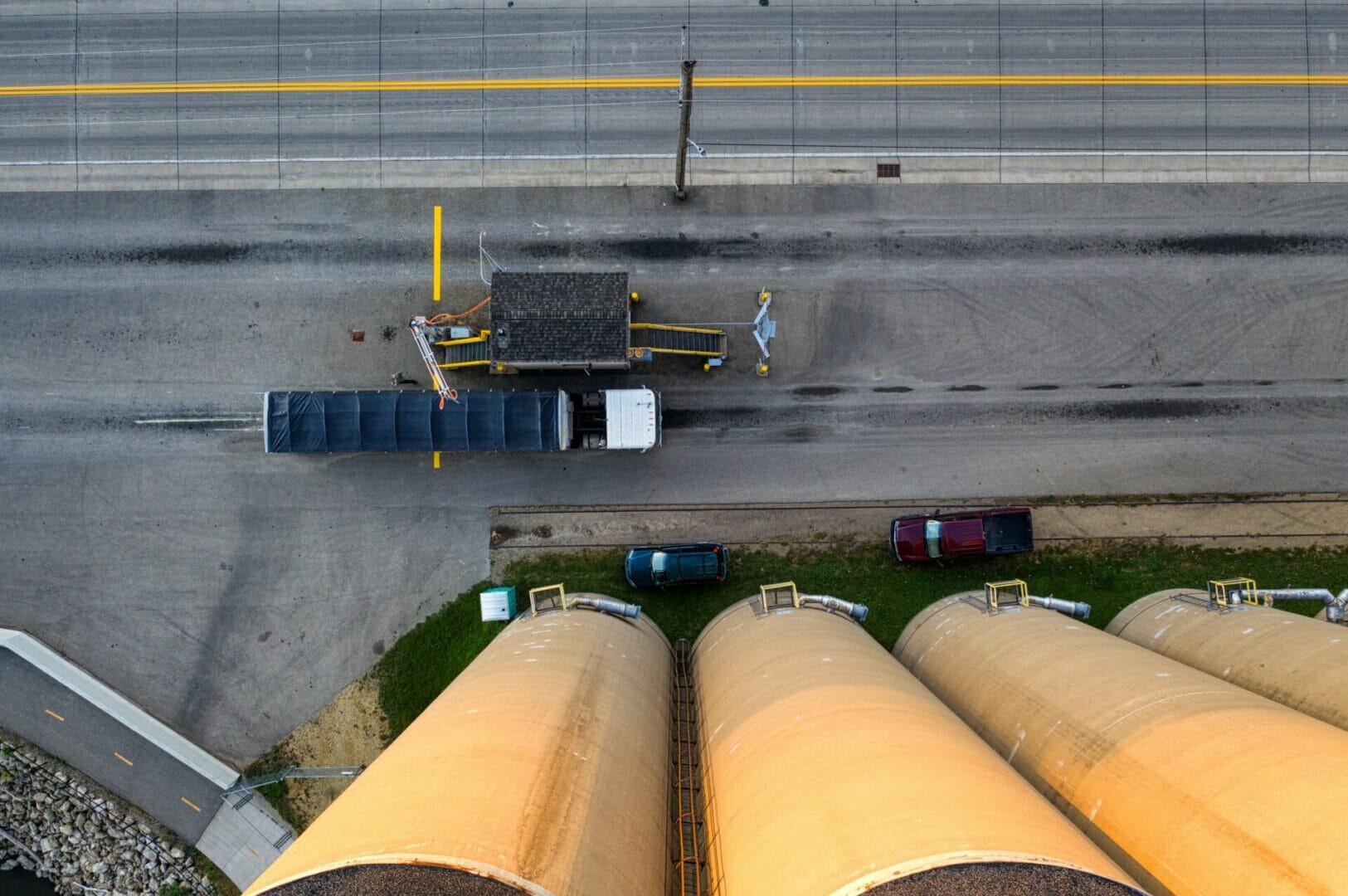Here, Mark Cattle, Director at Prima Tooling, provides an update on what the company delivers as part of the production process for all of the tooling it manufactures. ‘Precision has always been, and continues to be, one of the factors that drive our manufacturing process’.
Cutting tool manufacturing demands ever increasing quality, and more than ever Prima Tooling continues to deliver the detail as Mark Cattle explains: “We have invested heavily over the past nine years in FeatureCAM software so that the precision of our tooling starts right from the beginning.
“FeatureCAM is renowned in the milling world. However, we ensure that by having the latest version for more 5-axis functionality, as well as added control and simulation capabilities, means our tool designs enable us to produce consistently accurate tool bodies, that are balanced by design.”
Measuring with precision and using state-of-the-art measuring equipment from both Walter and Zoller, Prima Tooling’s process for accurate production continues. Operated in a climate-controlled environment the data retrieved from its measuring machines feeds back directly into the grinding and erosion processes.

“Pre-grinding, we have the best ‘teammate’ a Zoller Venturion presetting and measuring machine. And, by using both ‘through light’ and ‘light’ measuring the Walter Helicheck scans both newly manufactured and reserviced tools; capturing them in all of their geometry allowing us to quality control every tool through its entire length and all of its angles. By measuring complex tools with the highest precision, down to the μm, our optimally set tools, achieve a longer tool life.
One of the key performance factors on the tool design according to Prima is, in addition to the tool and the tool holding, is the balancing. Understanding its tooling application in ‘the real world’ the company appreciates the improvements required to enhance the customers manufacturing capability. With this in mind, and in line with its ‘Defining the detail’ ethos Heat Shrink Fit tooling is offered, fitting either new tools or for serviced contracts where the tool can removed before and refitted after servicing.
Paul Wiggins, Director, explains: “We have a lot of customers reach out to us, as they are experiencing manufacturing problems and are looking for a different solution to their current tooling. One of the common issues we come across is tooling that isn’t balanced correctly.”
Ensuring that every tool is correctly balanced on the company’s Haimer machine means that all tooling, be it new or tooling that has come in for servicing, is returned to the customers in the ‘most productive state possible’.
“We invested in Haimer as the company understands the spindle speed of modern machine tools, which have increased on a continuous basis in the last few years in order to achieve higher cutting volumes and machine in a profitable manner,” Paul Wiggins continues. “The increases have also raised the demands for the tools and holders used, because the higher spindle speeds make the effects of imbalance increasingly more noticeable. The consequences are vibrations, bad surface finish and shorter tool life.
“Only the high-precision balancing of tools and tool holders can provide access to the complete capability of modern machine tools with regards to speed, cutting volume and the surface finish achieved. Balancing results in reduced vibrations, it reduces wear of the spindle and tool, as well as downtime. Resulting in a more robust process.”
Mark Cattle concludes: “We have been manufacturing cutting tools for over 40 years, it would be easy to be stagnant in our manufacturing. However, we understand the need to develop our tooling to match the everchanging demands of the industries we work with, such as aerospace, automation, and general precision engineering. As well as the challenges of new materials such as composites and non ferrous metals.”

